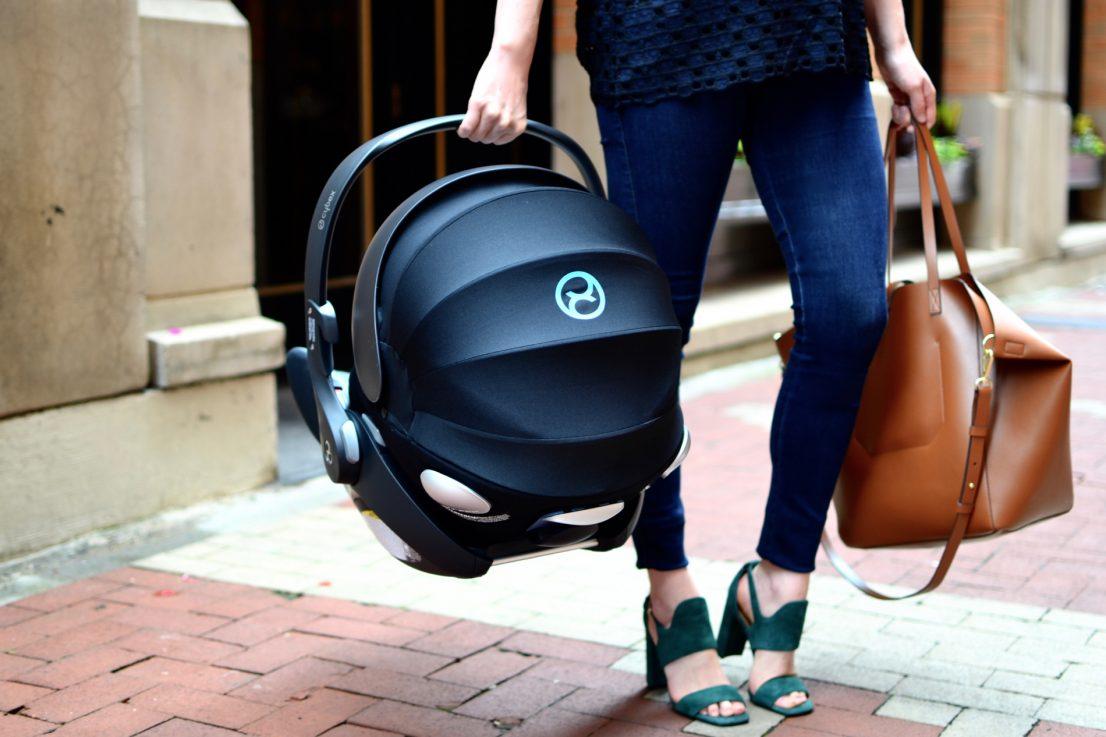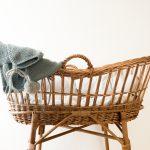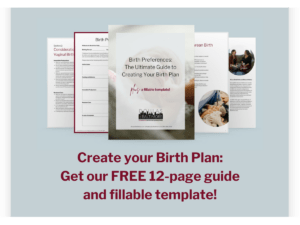5 Tips for Newborn Car Seat Safety and Comfort
You’ve taken all the birth and baby classes, baby-proofed your home, purchased a car seat with excellent reviews and bought a family friendly vehicle with the highest safety ratings available. You’re ready for baby, right?
Well, almost…
Even the safest vehicle and highest rated car seat need to be used properly every time to ensure your little one is protected in the event of a crash. Be sure to schedule a car seat installation check up with a certified Child Passenger Safety Technician (CPST, or ‘car seat tech’) to ensure you are up to date on best practices with your particular seat and vehicle combination. Prepare yourself for this appointment by reading BOTH the vehicle and car seat manuals and installing the seat in your desired position in your vehicle prior to your visit from a CPST.
Here are some tips and common problems we see in terms of newborn car seat safety and comfort. Be sure to reach out
to our CPST, if you have any questions!
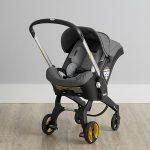
1. Avoid aftermarket accessories
In general, if it wasn’t in the box with your car seat, don’t use it! These accessories, though readily available, have not been crash tested with your seat, so there’s no way to know how it will impact your seat. This includes strap covers, inserts or cushions and covers like the JJ Cole BundleMe.
2. Dress baby in layers
Because Mother Nature can’t seem to make up her mind which season we are having in Maryland recently, the easiest way to ensure your little one’s comfort is to dress them in layers. For a newborn, typically one layer more than what you are wearing will be most comfortable. Cotton footed sleep and play outfits are often a great option in terms of car seat safety. Avoid bulky clothing and thick outfits or coats.
Here is our go-to steps to ensure baby warm and snug in the car seat:
- Buckle baby into the seat and tighten straps so that you can not pinch the straps.
- Using a lightweight muslin blanket, “swaddle” baby by tucking the blanket around baby’s arms, torso and legs. If it’s particularly chilly, you can add a second fleece or knit blanket over baby’s lap.
3. Consider projectiles
There are an abundance of baby toys that appear to be ‘made for car seats’ with rings, hooks, and straps. Consider that in the event of a crash, those connection points may not withstand the impact and could hit your child. The most comforting object to your newborn in the car seat is you; if possible, buckle up in the back seat next to your little one.
4. Time your trips
Since newborns typically set their own schedule, it’s difficult to judge when is the ‘best’ time to get in the car. In general, ensure all of baby’s basic needs are met prior to bucking them in the car seat- that they are not overtired, have eaten recently and have a fresh diaper.
Heating (or cooling) the vehicle prior to putting baby in can help as well. Consider too that you may need to stop to calm a fussy baby, so be sure to plan some extra time into your trips! Babies don’t actually hate the car seat, they struggle with being away from you, their source of comfort, and being restrained in a position they wouldn’t normally be sitting in. To reassure them that the car seat is a safe place, sometimes it helps to practice getting in and out of the car seat, even if just in the house for a few minutes at a time.
5. Car seats are for cars
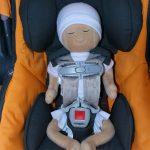
Car seats are not meant for sleeping, playing, or spending long periods of time. Car seats are designed to keep babies safe in the event of a collision. Anytime your baby is in the car seat, ensure that the harness is buckled properly and tightly.
This includes while using the car seat as part of a travel system connected to a compatible stroller or if baby has fallen asleep in the car seat in the car and is brought in the house (where you will supervise them, or preferably move them to a safe sleeping surface to continue their nap).

